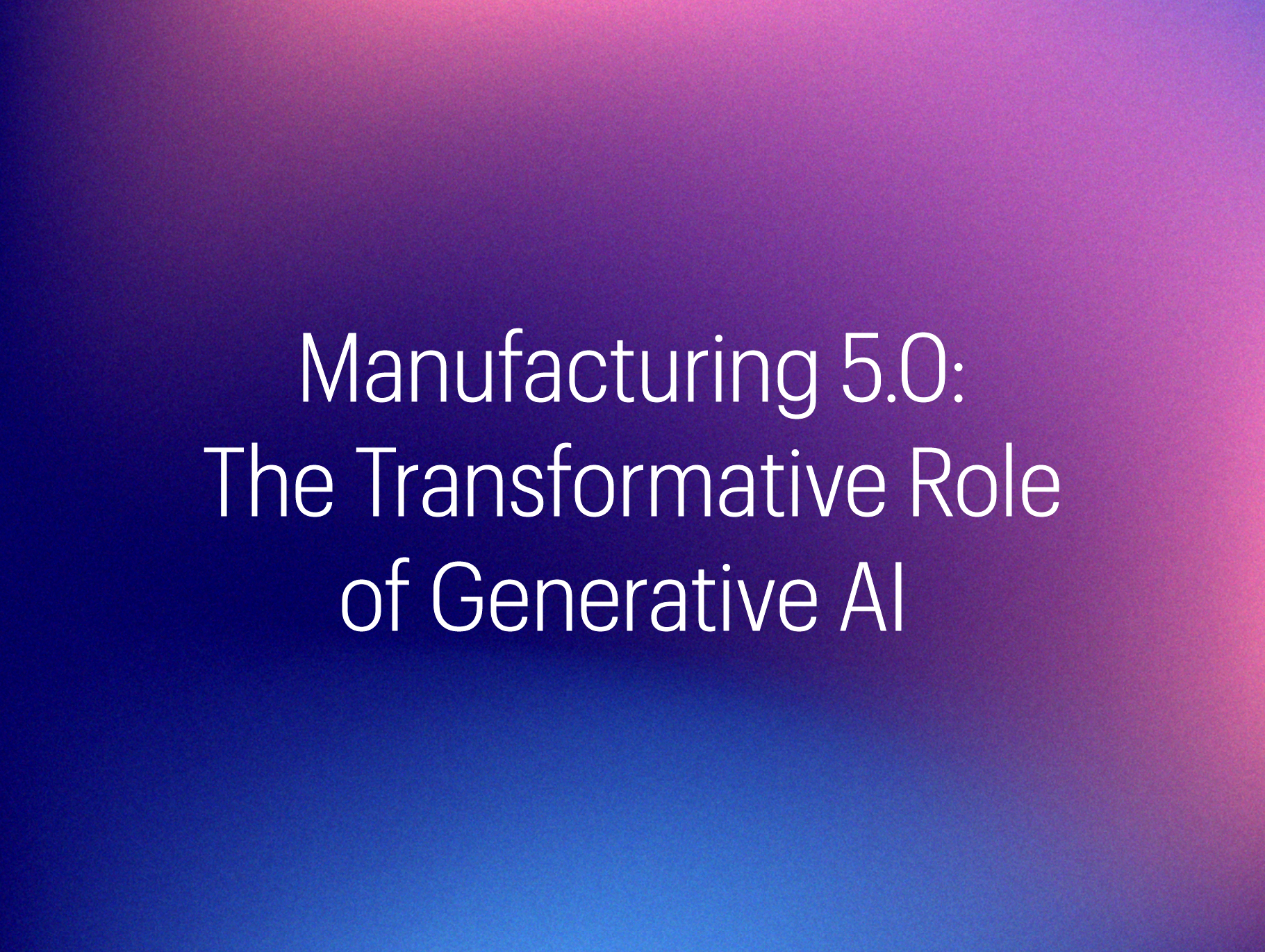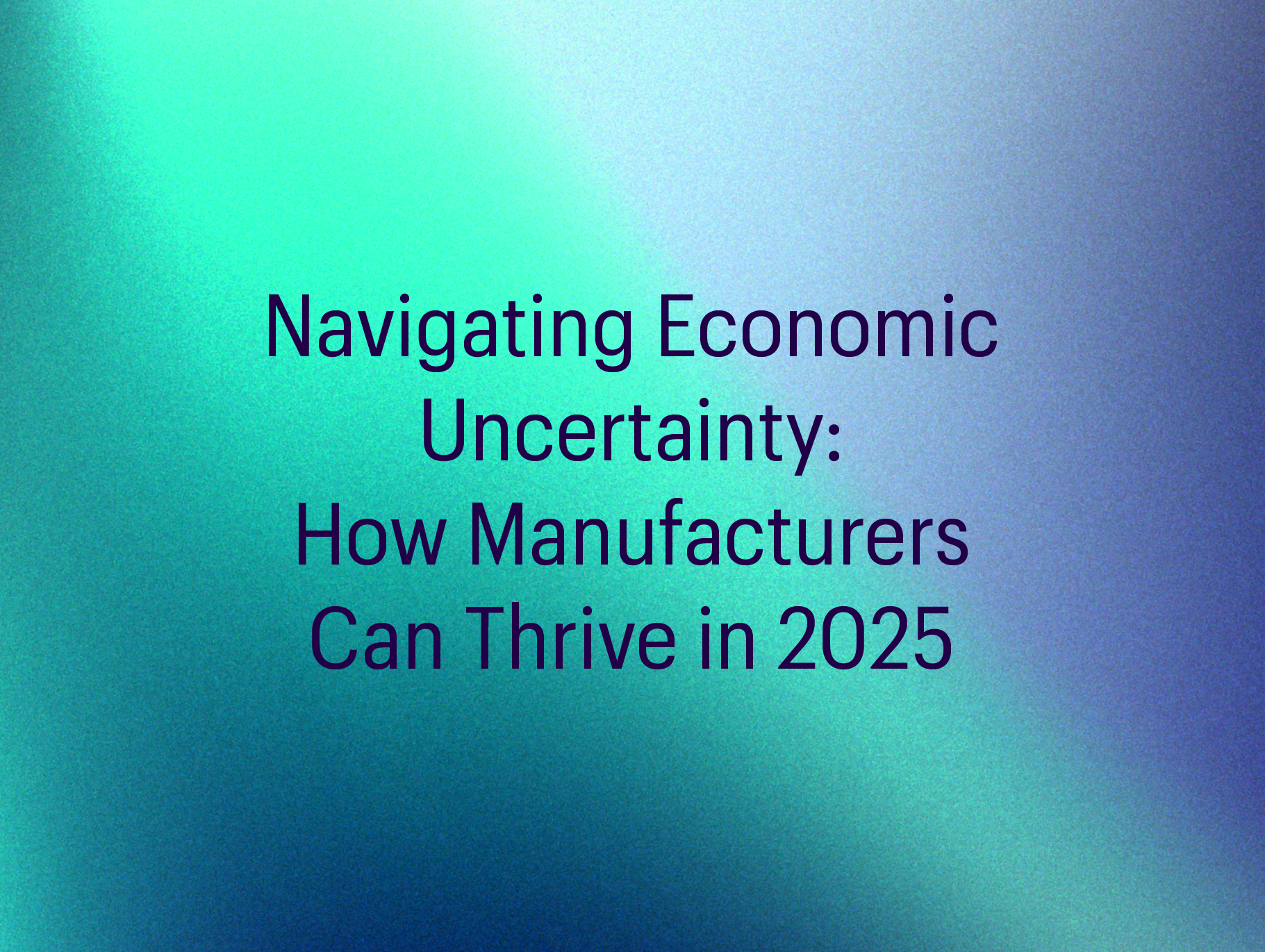Manufacturers are generating more data than ever, across machines, systems, teams, and supply chains. But raw data, even when vast, is not valuable on its own. True business intelligence emerges when that data is connected, contextualized, and understood. This is where the Knowledge Graph, a transformative leap in how data is organized, interpreted, and activated, plays a crucial role.
Much like how Generative AI redefined how we operate, Knowledge Graphs are quietly, but powerfully, redefining data intelligence in the manufacturing enterprise. A Knowledge Graph does not just store information; it links related data meaningfully. Knowledge Graphs understand relationships and context. And in doing so, it unlocks a new level of clarity, agility, and foresight.
Unfamiliar with Knowledge Graphs? You are Not Behind
If you are just now hearing about Knowledge Graphs, you are not late; you are right on time. Many manufacturers are still early in their data maturity journeys. The good news is that you do not need to overhaul everything to get started. Knowledge Graphs integrate with existing systems, ERP, MES, CRM, SCADA, and IoT platforms and enhance them. They sit atop your data stack, intelligently weaving together what you already have.
What is a Knowledge Graph?
A Knowledge Graph is a dynamic, interconnected representation of data that models real-world entities such as machines, suppliers, processes, materials, and the relationships between them. Think of it as a living map of your business, continuously evolving, learning, and becoming more intelligent with every data point.
Instead of storing isolated facts, Knowledge Graphs build rich networks of knowledge to derive deeper relationships within your data step-by-step.
Level 1: From the given data, they understand that:
- “Line 2 is producing Product X.”
- “Machine A is part of Line 2.”
- “Product X has a manufacturing defect.”
Level 2: From the above information, we can infer that there is likely something faulty in Machine A, which is part of Line 2 that is producing the defective Product X.
This is a simple inference a human can make. However, when dealing with large datasets containing numerous entities connected through multiple relationships, such reasoning becomes complex. This is where a Knowledge Graph becomes valuable.
It would take several levels or iterations for a legacy solution (without Knowledge Graphs) to arrive at the right inference. Knowledge Graphs offer a semantic understanding of the underlying data. This enables organizations to derive not just insights, but also contextual intelligence that can be leveraged across downstream operational and analytical applications.
The Evolution of Data Intelligence
The data ecosystem has evolved from spreadsheets to operational data stores to analytical warehouses, which empower traditional analytical applications that primarily focus on metrics such as “What happened?”, “How much?” and so on. But they struggle with ‘why’ it happened or ‘how’ different factors influence each other.
This gap is bridged by the introduction of Knowledge Graphs, which leverage the same data sources mentioned above and transform traditional applications into advanced ones by enabling cognitive intelligence across the enterprise. This results in more meaningful and accurate analysis.
Why Should Business Leaders Care?
You do not need to be a data scientist to care about Knowledge Graphs. In fact, you cannot afford not to. Manufacturing today is a system of systems. Supply chains are complex. Operations are distributed. Products are customized. Decision-making cannot wait for static reports or siloed insights.
With Knowledge Graphs, you gain:
- Operational Visibility: Understand how every part of the business is interconnected.
- Faster Root-Cause Analysis: Pinpoint exactly where breakdowns occur.
- Proactive Recommendations: Anticipate issues before they escalate.
Imagine asking:
- Which suppliers have the greatest impact on our highest-value product lines?
- What combinations of machine settings and raw materials lead to the lowest defect rates?
- How are late shipments correlated with machine downtime across different facilities?
- Are there patterns in inventory discrepancies that align with specific shifts, locations, or supplier deliveries?
Knowledge Graphs turn these complex, cross-functional questions into instant, explainable insights not in weeks, but in a few seconds.
Real-World Example: Analytics in Manufacturing Functions
Let us take a mid-sized manufacturer with siloed departments:
- Supply Chain is tracking OTIF (on-time in-full) performance.
- Quality Control monitors the first-pass yield.
- Production is focused on machine uptime.
Each team has their dashboards, their KPIs, and their analytics. But they do not see the whole picture.
With a Knowledge Graph:
- OTIF drops are traced to a specific supplier with recurring quality issues.
- That supplier provides components used primarily on Line 3.
- Line 3 has had increased downtime due to a newly introduced material.
- Production settings were changed recently based on a shift in demand planning.
The Knowledge Graph connects the dots across departments, uncovering a root cause that no single dashboard could reveal.
Different variants of Knowledge Graphs and Technical Blueprint
Under the hood, Knowledge Graphs vary in complexity and design. Here are the most common types:
- Enterprise Knowledge Graphs: These graphs span across business units, finance, HR, supply chain, and production. They model organizational entities and relationships to support strategic decision-making.
- Domain-Specific Graphs: Focused on a specific area such as maintenance, procurement, or product engineering. These graphs go deep rather than wide.
- Ontology-Based Graphs: Built upon formal semantics (ontologies), these graphs understand business language and rules. They enable reasoning and inference, automatically deducing facts not explicitly stated.
- Property Graphs vs Resource Description Framework (RDF) Graphs: Property Graphs (Neo4j, TigerGraph) allow flexible schemas and are ideal for operational use cases. In contrast, the RDF Graphs (W3C standard) are more structured and suited for semantic reasoning.
Technical Stack Overview:
- Graph Databases (Neo4j, Amazon Neptune, Stardog)
- Semantic Layers (SHACL, OWL, SPARQL)
- Integration Tools (Apache Kafka, GraphQL, data fabric platforms)
- AI + Graph Synergy: LLMs + Graphs = contextual Q&A, auto-generated reports, and insight generation.
When done right, Knowledge Graphs do not just store data, they power intelligent applications through AI copilots or custom solutions for operations, maintenance, and automated risk assessment.
How MathCo Leverages Knowledge Graphs
At MathCo, we have built and scaled industry-grade Knowledge Graphs for global manufacturers, turning disconnected data ecosystems into a unified intelligence layer.
Here is how we do it:
- Business-First Modeling: We start not with tables, but with business questions: “What matters most to you?” “Where do decisions slow down?” From there, we build entity-relationship models that mirror how your business actually works.
- Dynamic Graph Construction: Using real-time data ingestion pipelines, we continuously update the graph as operations evolve. Every machine event, transaction, or shipment updates the network instantly.
- AI on Top of Graphs: We pair Knowledge Graphs with large language models (LLMs) to create conversational interfaces that can empower leaders to bring more impact to their organization. For example: One may ask “Show me all suppliers linked to recent quality issues in high-margin SKUs” and get a response with graphs, visuals, root-cause analysis, next best actions.
- Smart Recommendations: Our Knowledge Graph systems go beyond diagnostics; they recommend interventions such as “Switch to Supplier B to reduce lead time risk.” “Reduce batch size by 20 units to align with historical defect thresholds.”
The Connected Future of Manufacturing
For manufacturers looking to build resilience, agility, and intelligence into every process, Knowledge Graphs are the connective link that makes it all possible. In an industry where speed and complexity rule, the ability to navigate with clarity is priceless. Knowledge Graphs do not just connect data; they connect people, decisions, and outcomes.
MathCo believes that the future is not just about collecting more data, it is about connecting it meaningfully. And with Knowledge Graphs, that future is already being built.


